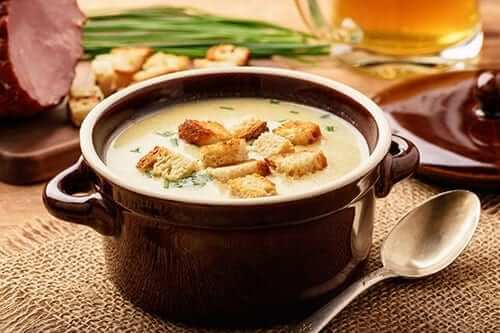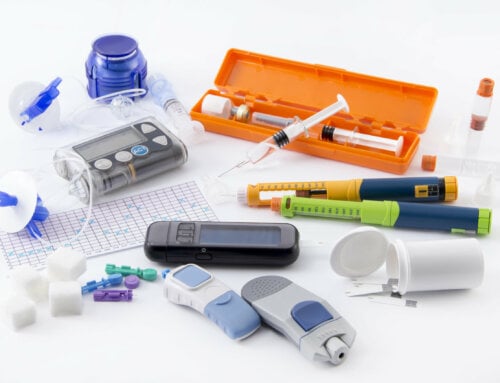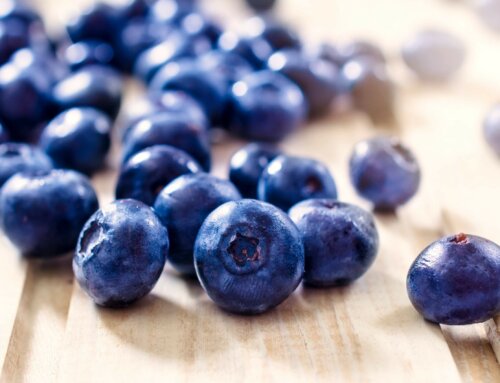The enticing words restaurants use in menus and advertisements could be sabotaging your diabetes management diet. These mouthwatering terms may conceal foods containing sugar, fat, salt, and carbohydrates your body doesn’t need. Find out more about these restaurant code words to make healthier choices when you dine out.
Lets Face it – Eating Out is Inevitable
Often people with diabetes try to avoid eating out. It can be confusing to make the right choices at restaurants. But eating out is inevitable. From going to lunch at work to special occasions with the family, there will be times when you need to dine out. Understanding restaurant code words makes you feel more confident about your decisions.
Each person is responsible for his or her own well-being when frequenting a restaurant. Restaurants are focused on taste rather than good health. They want to create the most delicious dishes and market them to earn a profit. Buzzwords are used to tantalize customers not confuse them. It is your responsibility to understand these words and select healthy options. The wrong choices can lead to blood sugar spikes, obesity, high cholesterol, and hypertension.
What “Healthy” Really Means
Often restaurants loosely use the term, “healthy”. They might say a dish is healthy simply because it contains vegetables. But other factors are important to consider, such as the sugar, fat, and salt content and how many calories are in each portion. When in doubt, check it out!
There is no formal legal definition of “healthy, natural or organic.” This means you need to know what a healthy, diabetes-friendly diet looks like. Talk to your doctor, registered dietitian or diabetes educator about good choices. If you have questions about restaurant food ask the server or manager. Some restaurants will provide basic information such as calories, carbohydrates, sugar, fat, salt, and nutrients.
If you are unsure about a dish, make informed choices. A good restaurant or diner can customize your meal. Have your lean chicken, fish or steak grilled or baked with sauces on the side and trim off excess fat. Get a plain baked potato with chives and salsa instead of sour cream or cheesy toppings. Skip the French fries or buttery mashed potatoes. Request plain vegetables that are steamed without sauces. Skip the bread bowl and bring your own no-calorie, fat-free salad dressing to serve over greens or request olive oil and vinegar. Ask for the creamy dressing on the side and dip the fork in the dressing prior to each salad bite. Bring packets of sugar substitute to add to coffee or tea. Ask for low-fat milk or regular milk instead of half and half. Request whole grain pasta topped with plain tomato sauce rather than fattening options such as Alfredo, a la vodka, or drowning in butter sauce. Drink water or seltzer with a slice of lemon rather than juices or soda. Limit your alcohol intake to one drink for women and two for men. Avoid creamy/sugary drinks and opt for a cocktail such as a vodka on the rocks, a light beer or wine spritzer instead.
Fried Foods
Fried foods may taste good but they are high in calories and unhealthy fats. Frying takes more nutrients out of the food. Grilled, baked, roasted, and steamed are better options and may have about half the calories of fried foods. Even the oil choice is important since restaurants often use and reuse partially hydrogenated oil. This can raise your bad (LDL) cholesterol and lower your good (HDL) cholesterol, which increases your risk of heart disease.

Where the Sugar is Hiding
While some sugar (all carbohydrates turn to sugar) in your diet is needed, people with diabetes should avoid sugary cuisine to minimize blood sugar spikes. If you think you’ve made a poor choice, test your blood sugar levels 2 hours after the meal to find out. Combine a carbohydrate with a protein for the best glucose response.
Many foods contain added sugars your body doesn’t need. Look for words such as BBQ, honey-dipped, teriyaki, sticky, powdered, and glazed. Ask if sauces, including salad dressings and vinaigrettes, are made with sugar.
Sodas, cocktails, and juices are mostly sugar. Other words for sugar and sugary foods include fruit juice concentrate, corn syrup, corn sweetener, agave syrup, high-fructose corn syrup, maple syrup, syrup, honey, molasses, maltose, dextrose, lactose, and fructose. Spicy often refers to a sugary or salt-based sauce. Foods that are high in carbohydrates should be eaten in portion size. This includes rice, pasta, potatoes, faro, and quinoa. When possible, choose whole grain options rather than white rice, bread or pasta.
What About Salt?
Salt added to food enhances flavor but may also lead to a variety of health issues. People with diabetes need to limit their salt intake and watch their blood pressure. It is smarter to choose foods seasoned with herbs such as rosemary, sage, oregano, garlic, onions, and turmeric.
Canned, preserved, and packaged foods typically contain added salt. Ask the restaurant if they are using whole foods or packaged ones. Spicy foods often have a high salt content. Watch for condiments with salt, such as gravies, steak sauce, ketchup, BBQ sauce and meat tenderizers. Pickled foods are made in salty brine, such as pickles, olives, sun-dried tomatoes, capers, and pickle relish. Minimize your use of sauce and condiments and read the labels before using them. Reduced salt or low-sodium options might still contain too much salt or have added sugar.
Cutting Down on the Fat
Fattening foods can pack on the pounds and lead to health problems for people with diabetes who tend to be more susceptible to conditions such as heart disease, stroke, and obesity. There are many code words cleverly disguising fatty foods that are overloaded with calories.

The Road to Poor Eating is paved with Good Intentions… and Appetizers
Many people think they are making smart choices and have good intentions but they are still consuming unhealthy foods at restaurants. Consider options that sound good but may be poor choices.
An example is asking for an appetizer or tapas rather than a complete meal. A fatty appetizer might contain more sugar, salt, and calories than a healthy meal. This means smaller portions are not always better. The bottom line is choosing healthful options not only smaller plates. If the restaurant serves over sized portions have half the meal packed to go. It can be served for another lunch or dinner in the future. Sushi sounds like a healthy option, but is it wrapped in rice or seaweed? Keep in mind these details so you can make better decisions at restaurants.
The Better Buzzwords
While there are plenty of code words that reveal foods we should avoid there are also better buzzwords to look for when you dine out. Although these words often indicate healthier options they can still be tricky. Asking questions is the best way to find out what your food really contains.
Certain words are considered more preferable. These include grilled, roasted, baked, steamed, poached, boiled, broiled, and seasoned. It is still important to find out the ingredients used when making these dishes but they tend to be better options than foods that are fried, smothered or loaded. And keep portion sizes in mind even when making good choices.
More restaurants are becoming transparent and offering made-to-order dishes to cater to a growing health-conscious market. Knowing restaurant code words can help you feel more confident when you dine out. There are plenty of tasty options that won’t interfere with your diabetes management plan!







Leave A Comment